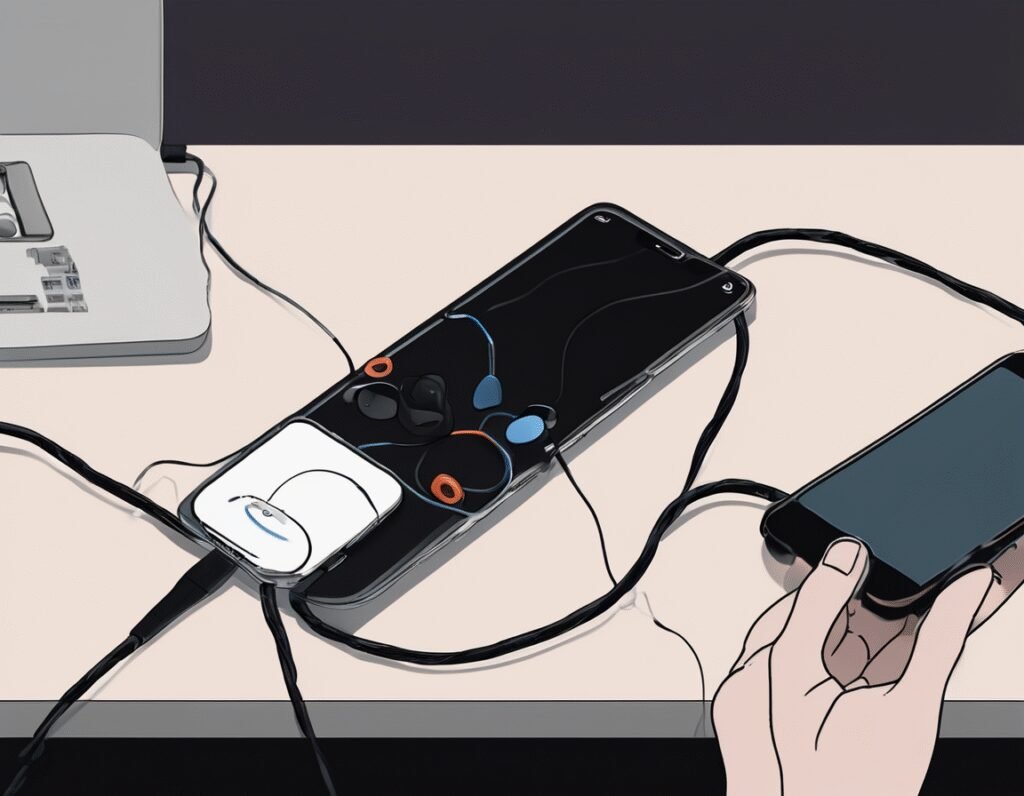Apple Music is one of the few streaming services that offers high-resolution lossless audio without an extra fee. However, to truly experience this superior sound quality on your phone, you often need additional hardware. This guide will help you find the right equipment to get the most out of your Apple Music subscription, whether you use an iPhone, Android, Mac, or Windows device.
The good news is that with better data plans and advancing technology, playing large high-resolution audio files is easier than ever. The main challenge is hardware, especially if you use AirPods or other wireless headphones. Bluetooth technology can theoretically handle higher-resolution audio, but Apple products do not support the necessary codecs like AptX or LDAC. Apple Music itself offers different levels of lossless audio, from standard CD quality to even higher-resolution Hi-Res Lossless files. But no matter your listening preference, there is a solution for you.
A DAC, or digital-to-analog converter, is key. It takes the digital music files from your device and converts them into analog sound that you can hear. While all phones and computers have built-in DACs, the ones in modern devices, especially those that rely on USB-C, Lightning, or Bluetooth, often are not equipped to handle the highest quality audio files. This is where an external DAC comes in.
You might wonder if you really need new hardware. The simple answer is no, but you will not get the full high-resolution experience without it. If your device’s audio interface only supports up to 44.1 or 48kHz, that is the quality you will hear, even if the original file is of a higher resolution. To enjoy music at a higher sample rate and bit-depth, you need an interface that supports it, along with wired headphones. For the best experience, a dedicated headphone amplifier can also make a significant difference.
It is important to understand that lossless and hi-res are related but not identical terms. Apple uses ALAC encoding, which is compressed without losing quality, unlike MP3 or AAC files. CD quality is generally 16-bit/44.1kHz, which is Apple’s baseline for lossless. Hi-res audio typically refers to anything with a sample rate above 44.1kHz, and increasingly means 96kHz and above.
What about using the headphone adapter that came with your phone? Most basic Lightning or USB-C to 3.5mm adapters do not support hi-res audio beyond 48kHz/24-bit. Android is more complicated, as some adapters are passive and rely on the phone’s internal DAC, while others have a DAC built-in. It can be difficult to know what your specific adapter supports.
For those who prefer Bluetooth headphones, the situation is different. The headphones themselves act as the DAC, and the quality depends on the codec used to transmit the audio. Look for headphones that support advanced codecs like aptX HD, aptX Adaptive, or aptX Lossless for better sound quality. Keep in mind that both your phone and your headphones must support the same codec. iPhones do not support any aptX codecs, though there are dongles available that can add this functionality. Other high-resolution codecs like Sony’s LDAC also exist.
Of course, a DAC is only one part of the equation. Your headphones or speakers are equally important. Many high-quality wireless headphones also include a headphone jack for a wired connection when you want the absolute best audio quality.
Ultimately, investing in a good DAC and the right headphones can dramatically enhance your listening experience, allowing you to hear your music as it was meant to be heard.


